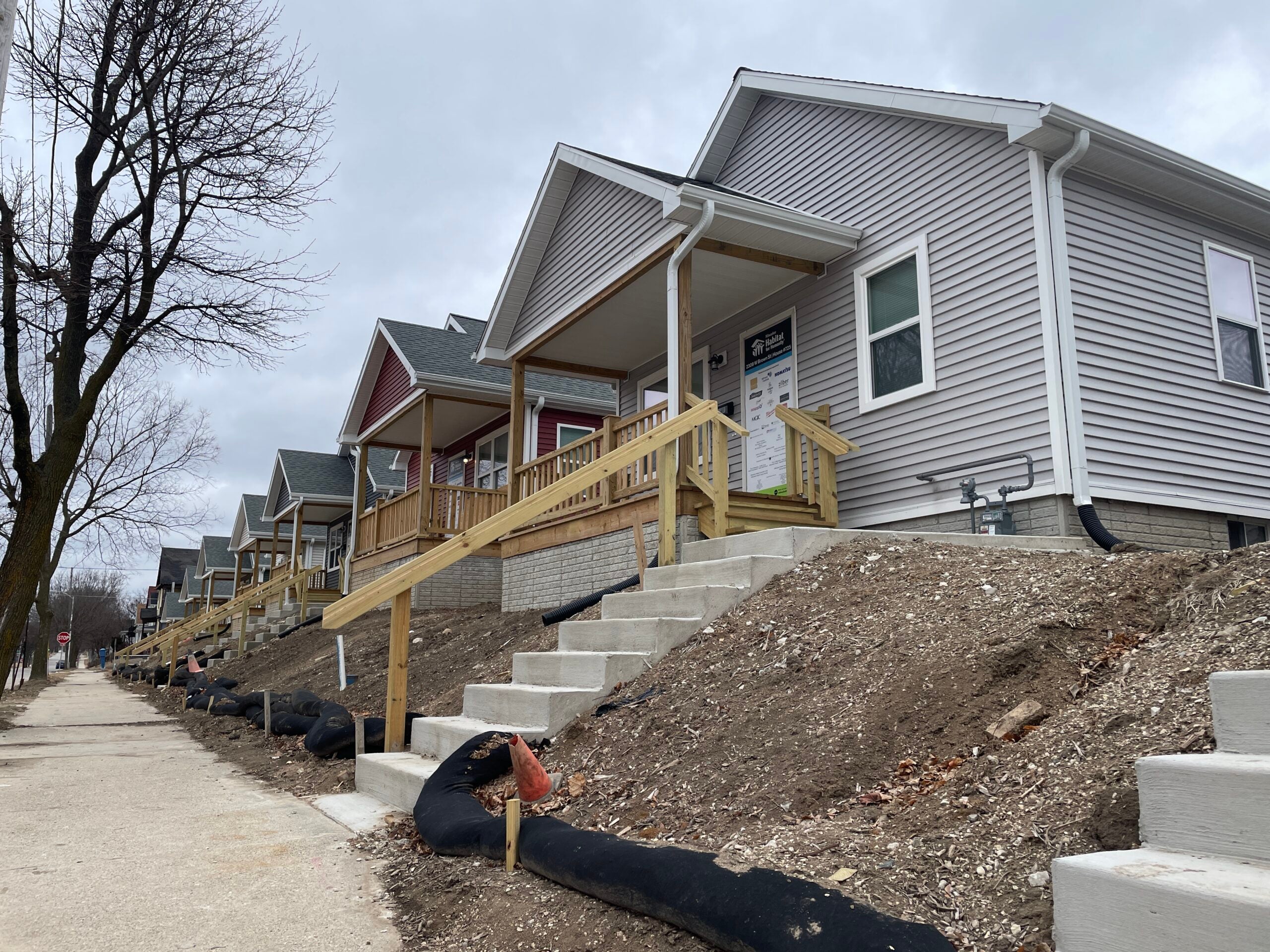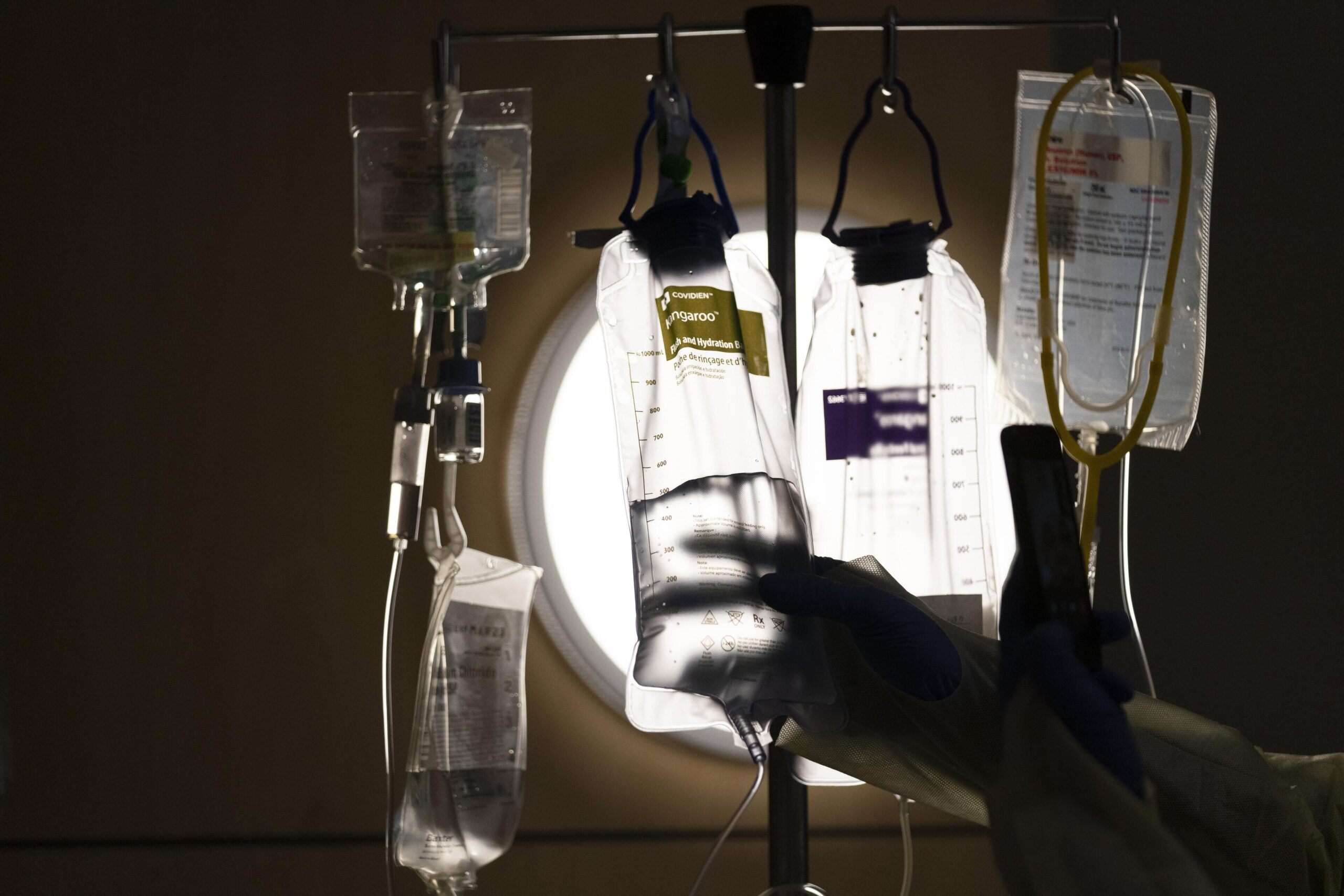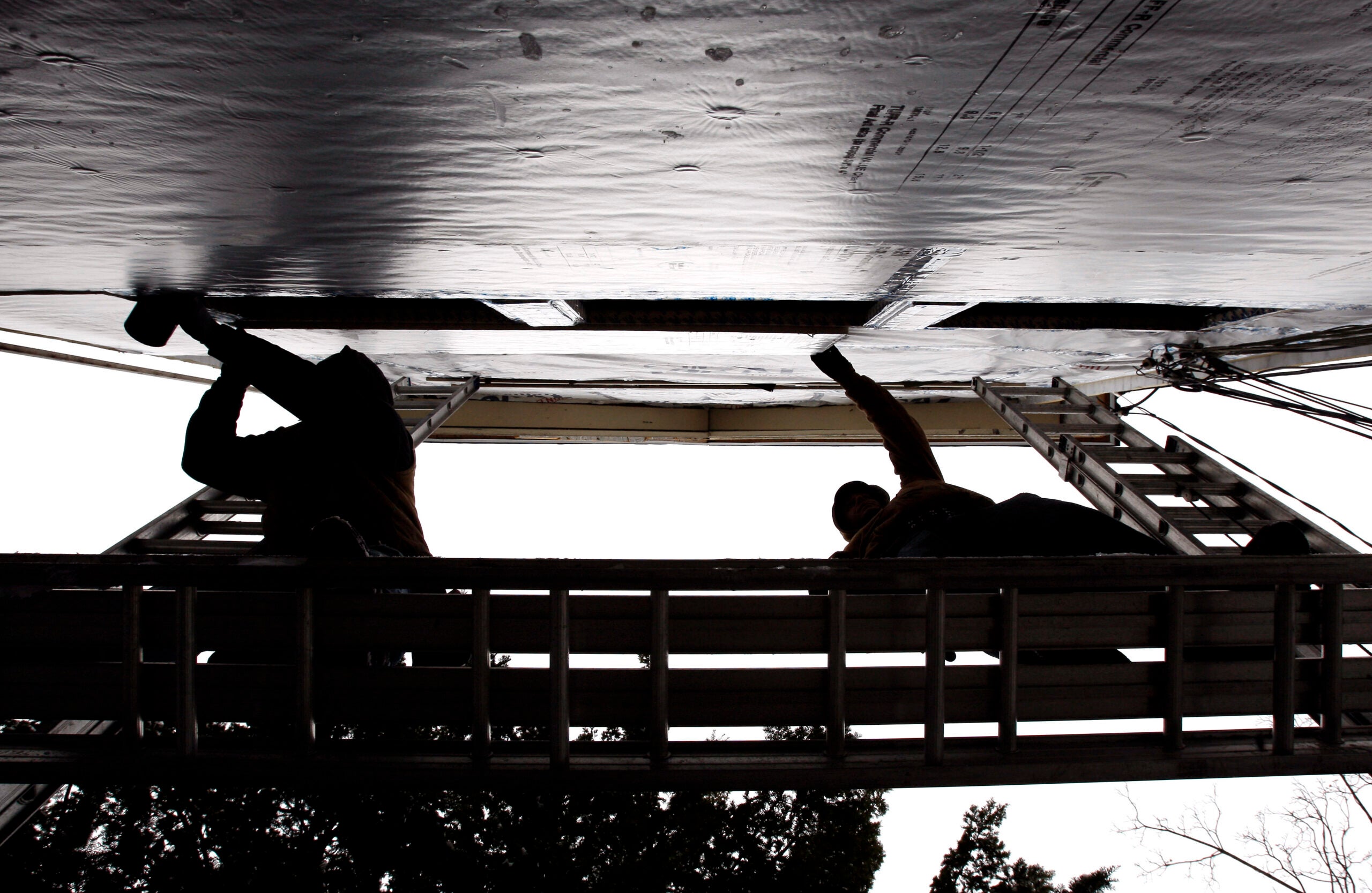With financial literacy skills, people of all income levels can act — or not — to build their financial capability. They can create and manage a household budget, save money toward goals like buying a house or retirement, or even start a business. Lower- and middle-income families can use financial literacy to increase their overall security.
“Everybody needs to know about saving money,” said Peggy Olive, a family financial capability outreach specialist with the University of Wisconsin-Extension. “Plenty of people in poverty have savings goals. The question is where you’re going to put that money.”
Children start learning those answers from their parents, who can be instrumental in passing on financial knowledge to the next generation. Moreover, financial literacy correlates to a family’s socioeconomic background — children in families with significant assets are more likely to gain higher levels of financial literacy, per research published in 2010.
Stay informed on the latest news
Sign up for WPR’s email newsletter.
Age or life stage are also important factors. College students should mainly focus on getting through school, Olive said, so they take on debt. In retirement, people shift gears and draw down their savings.
Managing a family’s or a household’s resources is the most important element of financial capability, Olive said. And managing day-to-day spending is the first step toward financial well-being.
The next step is a plan to deal with financial emergencies. For example, people should know what they will do should their car break down. More generally a family or household should set aside funds for at least three months. During the late ’00s recession, though, financial experts started recommending that people be able to cover six or even 12 months, Olive noted.
“If there are two income earners in a household, they have a little more cushion than a sole breadwinner,” she said.
Having an account at a bank or credit union for financial transactions is important, regardless of a person’s income, said University of Wisconsin-Extension family and consumer economics specialist J. Michael Collins. Director of the Center for Financial Security at UW-Madison, he is editor of the book, “A Fragile Balance: Emergency Savings and Liquid Resources for Low-Income Consumers.”
More commercial transactions are cashless and an increasing number of employers do not issue paper paychecks anymore, making some kind of an account necessary, Collins said. A “transaction account” establishes a relationship with the financial institution that the consumer can later leverage into other resources such as a car or home loan.
Being proactive is the best protection. “Everyone can get rich slowly and prudently, but no one wants to hear that,” said David Mancl, director of the Office of Financial Literacy in the Wisconsin Department of Financial Institutions.
Even if people have to pay fees to access their money, accounts are worth the cost, Collins said. The accounts can hold liquid assets set aside for emergencies and for when income drops, especially if the latter is volatile, varying month to month.
A little barrier between you and your money is a good thing, noted Olive. When deposited in a bank or credit union, money can’t be stolen or lost in a fire, and the government insures the deposit through the Federal Deposit Insurance Corporation.
Many people who are “unbanked,” meaning they do not use banks or credit unions, find prepaid debit cards insured by the FDIC can be an option, Olive said. Some employers pay their workers through these cards, which have similar features to a transaction account.
Other consumers choose not to use banks because they had a bad experience or don’t trust the institution. They also might have bad credit or a history of bouncing checks. But not all prepaid debit cards are insured, and they do not help someone build a history to get a loan.
“You are only working with money you put in there,” Olive said. “If you have good credit (with a bank or a credit union), you have access to affordable, short-term loans.”
Fees to access money can be another drawback to payroll cards, Forbes reported in 2013. Nevertheless, the payroll card market is expected to grow to 10.8 million cards in 2017.
Companies make profits and individuals make commissions by selling financial products, and they have a vested interest in making these products complex, Collins noted. But people who have financial literacy can recognize that profit motive and be able to ask appropriate questions.
People who may need to borrow money should maintain their creditworthiness by checking their credit report and knowing what affects their rating, like paying their bills on time. But knowing which behaviors affect credit covers a lot of components and “can be totally exhausting in the day to day,” said Olive, especially given all the spending decisions people make.
Setting and making progress toward goals is another element of financial capability. “People should think about what is important, what they want their money to do for them,” Olive said. Once people have enough for day-to-day expenses and emergency funds set aside, they could then think about saving for retirement or vacation, or to help fund their children’s college costs.
Many families, regardless of income, have homeownership as their top goal, Olive noted. In smaller communities, people can find fixer-uppers and programs are available to help defray costs. “It just hard when you have less money, and it takes longer,” she said.
As for retirement, Olive said saving may now be easier for low- and middle-income families who lack employer-sponsored retirement plans — about half of all workers and 75 percent of part-time workers. The federal government started offering the myRA in 2014. A worker must have annual income less than $131,000 if single or less than $193,000 if married filing taxes jointly.
Also important to many people is having some wiggle room to spend money on a present or donate to a charity. “Being generous brings them fulfillment,” Olive noted.
This report was produced in a partnership between Wisconsin Public Radio, PBS Wisconsin and the University of Wisconsin Cooperative Extension. @ Copyright 2025, Board of Regents of the University of Wisconsin System and Wisconsin Educational Communications Board.




